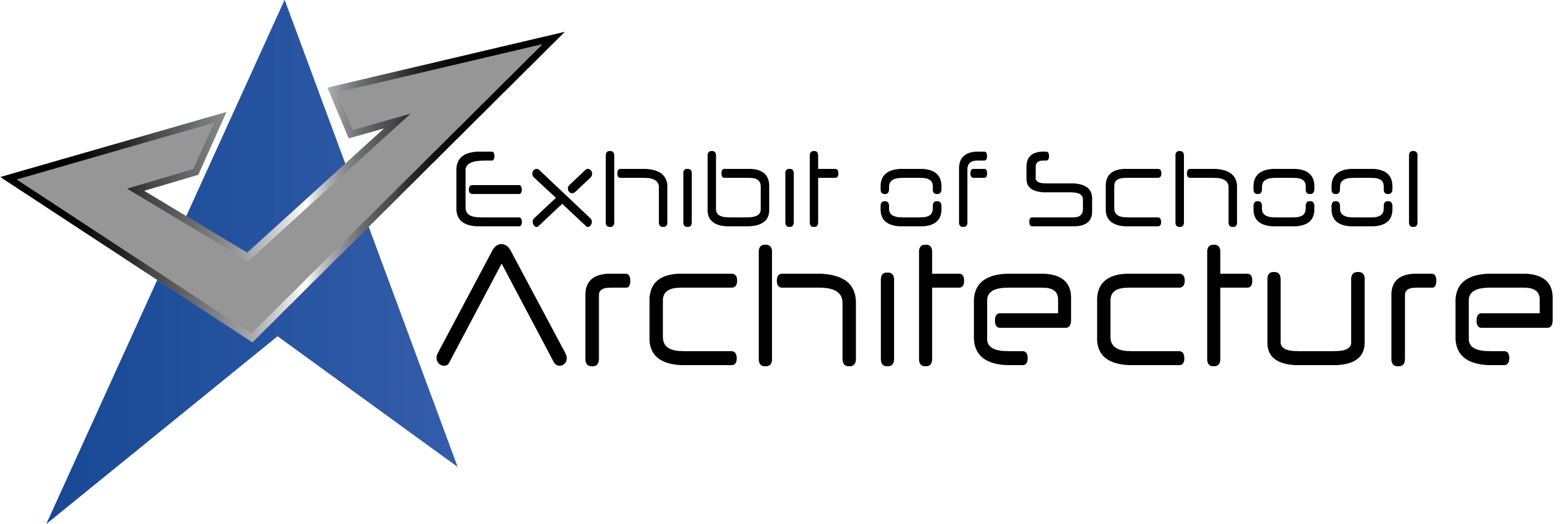Georgetown ISD—George Wagner Middle School
Architect: Huckabee
When you evolve the practice of instruction, you change the perception of what a school can be. A community with a clear vision, a passion for learning and a focus on trust led to a new middle school that is agile and exciting—a place that creates ripple effects of change for students, the profession of teaching and education. The 173,000 sf school maximizes function, with care toward form. It reinforces community and complements a purpose to make every day unique and experiential.
 Design
Design
Every space is used in this curriculum-responsive design. Three dens (STEM, humanities and 6th grade) create cultures that are unique in experience but share functional characteristics. Teacher design labs overlook a central quadrant of classrooms that are surrounded by breakaway spaces and labs. Trust in and shared ownership of students is reinforced by the ease of movement between dens and the commons. Spaces seamlessly progress a student’s experience from teacher-centric to autonomous learning.
Value
The community is progressive in educational delivery, but conventional in materials. Neutral pallets, comfortable wood looks, and polished concrete maintain relevancy and durability. Space is intentionally used. Corridors are instructional elements, classroom utilization flows as the day progresses. Learning stairs and an indoor patio create unique viewing platforms in the commons. Classrooms and breakaway areas are symbiotic; they accommodate growth supported by dynamic scheduling.
Sustainability
Maximizing north light, controlling south light and minimizing east and west light through use of louvers, shading devices and orientation; 100% interior and exterior LED lighting; Energy star colored roofs, energy efficient rooftop units; Prominent use of locally-sourced materials; Exposed structural materials—glulam beams, steel beams, and polished concrete; Tile, low maintenance, and durable materials; Condensation collection system used for irrigation; Building automation controls
 Community
Community
The community adopted a learner profile. They established a set of student attributes focused on collaboration, relationship building, innovation, and critical thinking. The design answered the call, creating scalable environments where experiential learning thrives. STEM, humanities and 6th-grade dens are mini villages. Teachers share design labs and ownership of students, a concept reinforced by transparency throughout the facility. Being seen, present and engaged is critical to the culture.
 Planning
Planning
Four community educational summits to create learner profile + online survey to prioritize responses + 15 focus groups (parents, students, teachers, staff and community) for additional input = desired student attributes that created a lens to view design. A diverse design team cultivated these attributes into a space that considers the beliefs and behaviors of adults and students. The relationship between learner profile and design cannot be understated. Approach duplicated on subsequent projects.
 School Transformation
School Transformation
The design supported and embraced major cultural shifts. Administrators share offices. Teachers lost classroom ownership but gained shared design labs, leading to deeper relationships and the freedom to customize learning. Their culture reverberated to students, who see mentors collaborating and sharing failure and success. Students aren’t assigned a single teacher or room. They are trusted to utilize all spaces and empowered to represent skills and strengths in ways that are most meaningful to them.
![]() Star of Distinction Category Winner
Star of Distinction Category Winner









































